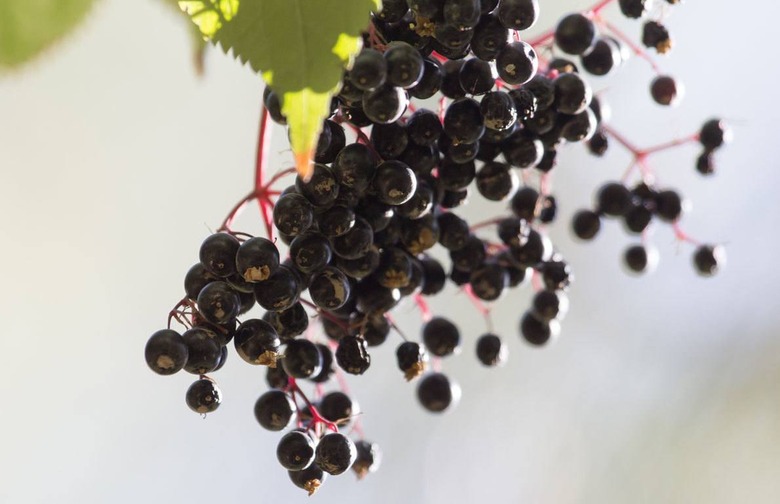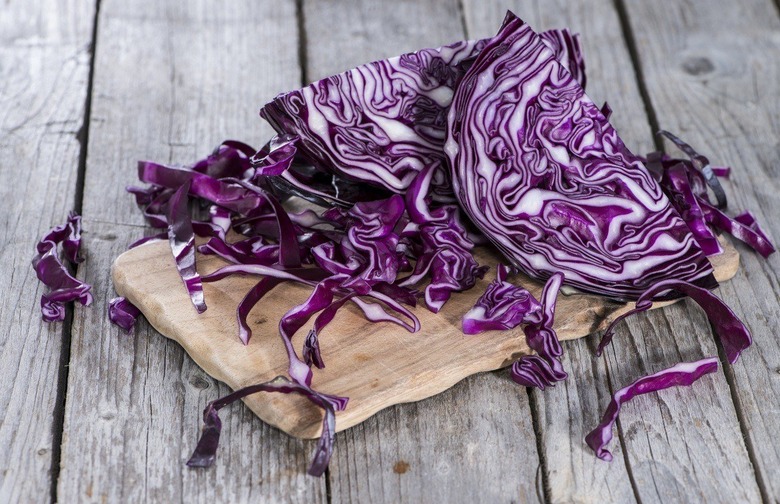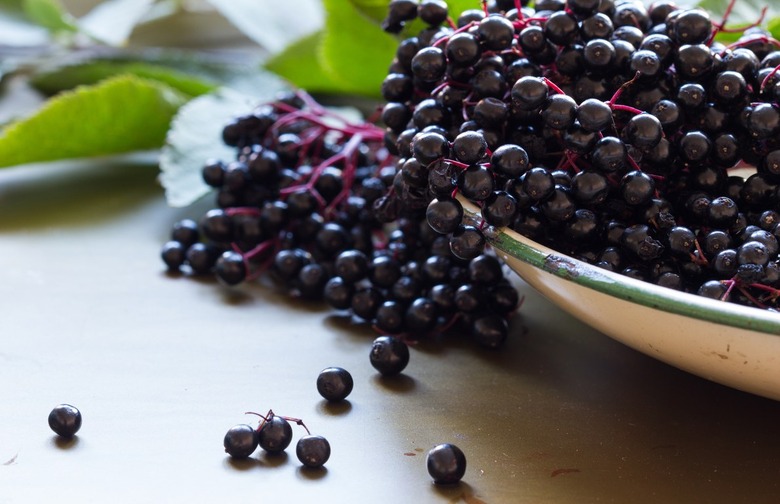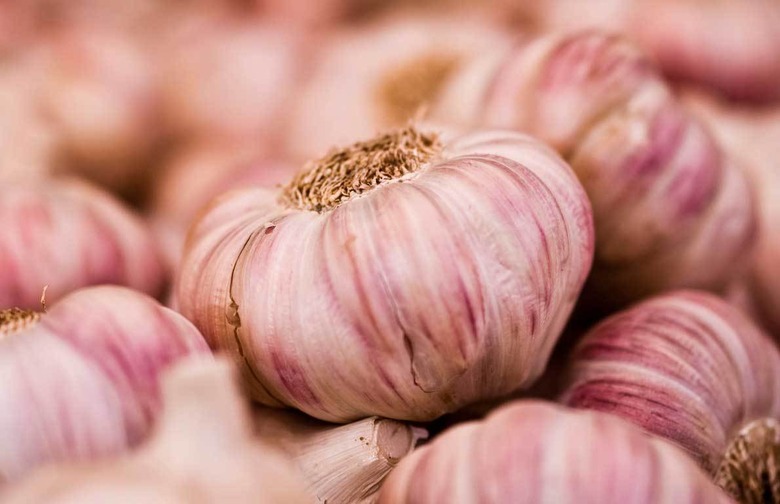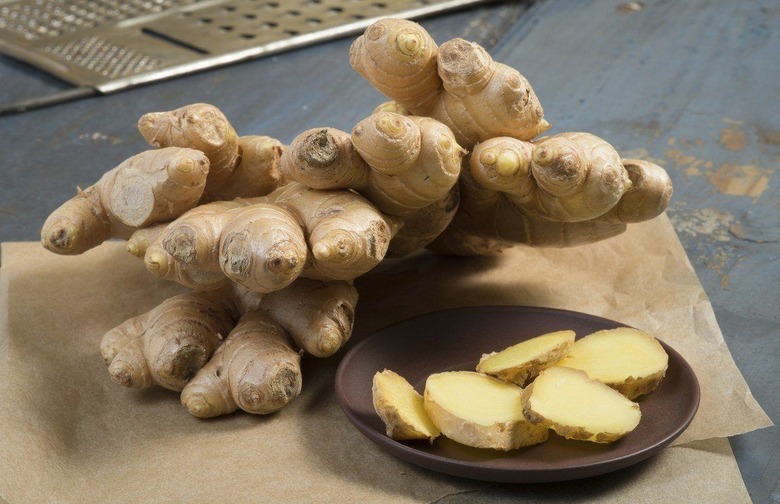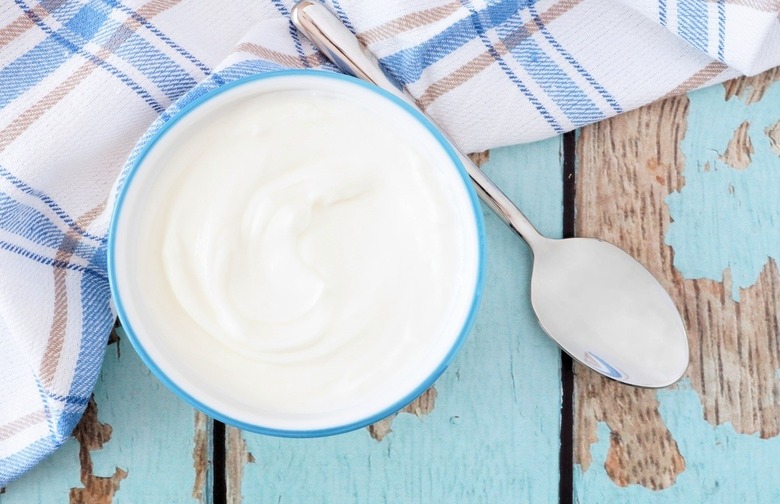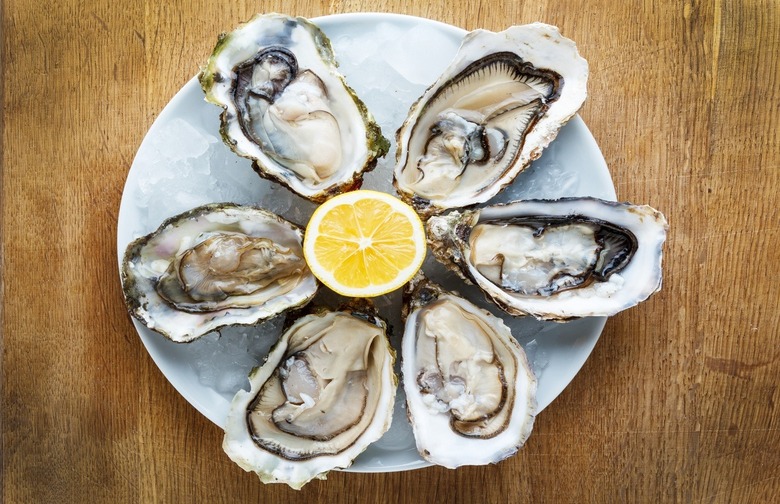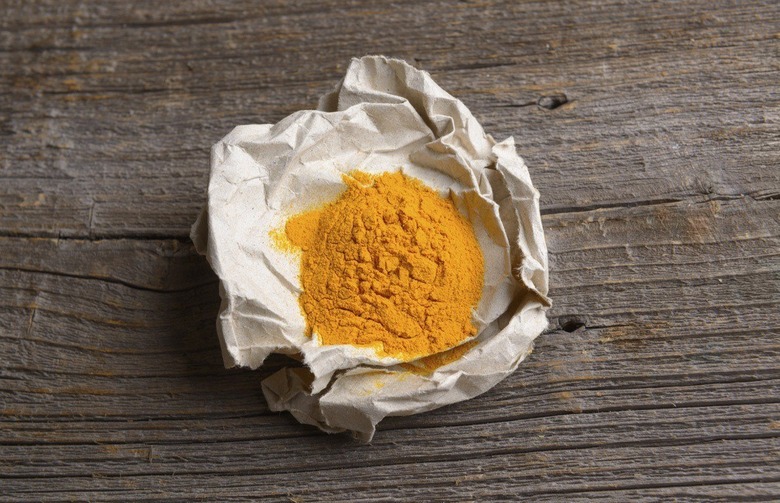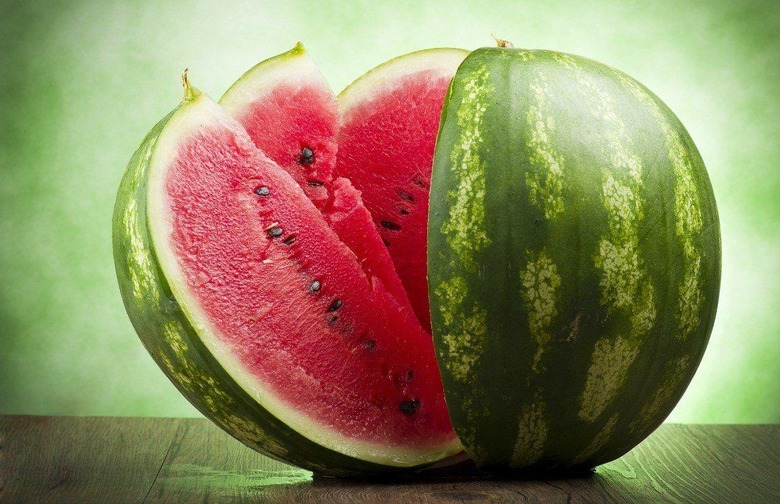10 Foods To Help You Stave Off Colds And Flu Slideshow
Berries contain the micronutrients called polyphenols, and research shows a clear correlation between high polyphenol content and an antiviral effect. Cranberries, blueberries, and black currants have all been found to be effective weapons against flu.
Bone Broth
A resourceful home cook never discards meat or poultry bones. The marrow, cartilage, and slivers of meat in or on the bones are plentiful sources of minerals such as calcium, magnesium, phosphorus, silicon, and sulphur, which your body needs to prevent an infection. As the heat slowly breaks the collagen within the bones down, it produces a potent protein called gelatin, rich in amino acids, which play an important role in monitoring the immune system.
Cabbage
Cabbage is an under-appreciated source of vitamin C, containing more than 50 percent of your recommended daily intake in just one cup. Specific cells in the immune system require an adequate supply of vitamin C to function properly. Vitamin C concentrations tend to decline exponentially during periods of infection, so it's important to get copious amounts in order to prevent, and recover, from a flu or cold.
Elderberry
The elderberry is a species of the sambucus plant, whose berries are sold either dried, fresh, or as an extract. Concentrated elderberry juice has a long history as preventative agent against flu and the common cold. A study on mice infected with the human influenza A virus showed that doses of the juice had a powerful effect of reducing viral replication.
Garlic
Using fresh garlic is a delectable way to flavor any savory dish, but the pungent cloves also contain allicin, a compound which gives garlic its signature scent when it's chopped of crushed. Allicin is an antioxidant that protects cells from free radical damage. Although evidence remains inconclusive, a short study found that people taking garlic extract reported lower incidences of colds compared to those who took a placebo.
Ginger
Ginger is a popular addition to herbal teas and tinctures because it contains chemical called sesquiterpene, which cleanses the sinuses. Eating fresh ginger can lower the risk of infections, and ginger extract can inhibit the growth of certain bacteria. Adding ginger juice to smoothies is a fast and direct way to incorporate its health properties.
Greek Yogurt
The probiotics in Greek yogurt boost the number of healthy gut bacteria, which research shows can help fortify the immune system and reduce the risk of infection.
Oysters
Per gram, oysters have the highest concentration of zinc — an important mineral in combating the common cold — of any food. A study tracking the incidences and severity of colds found that both were reduced within the test group taking zinc lozenges versus the control group taking a placebo. An alternative to oysters can be pumpkin seeds, which are less expensive, vegetarian, and more widely available.
Turmeric
The roots of turmeric, which is in same plant family as ginger, have been used medicinally for centuries, but only recently has modern medicine has only begun to appreciate the spice's benefits, with over 3,000 academic publications referencing the herb within the last 25 years. Studies have shown turmeric oil to be especially effective against certain variations of the parainfluenza virus and other disorders of the respiratory tract.
Watermelon
Watermelon gets its vibrant red color from the carotenoid lycopene, which reduces respiratory inflammation and prevents infection. If watermelon is unavailable during the winter months, sun-dried tomatoes are a good year-round alternative, containing the highest concentration of lycopene per gram of any food.
